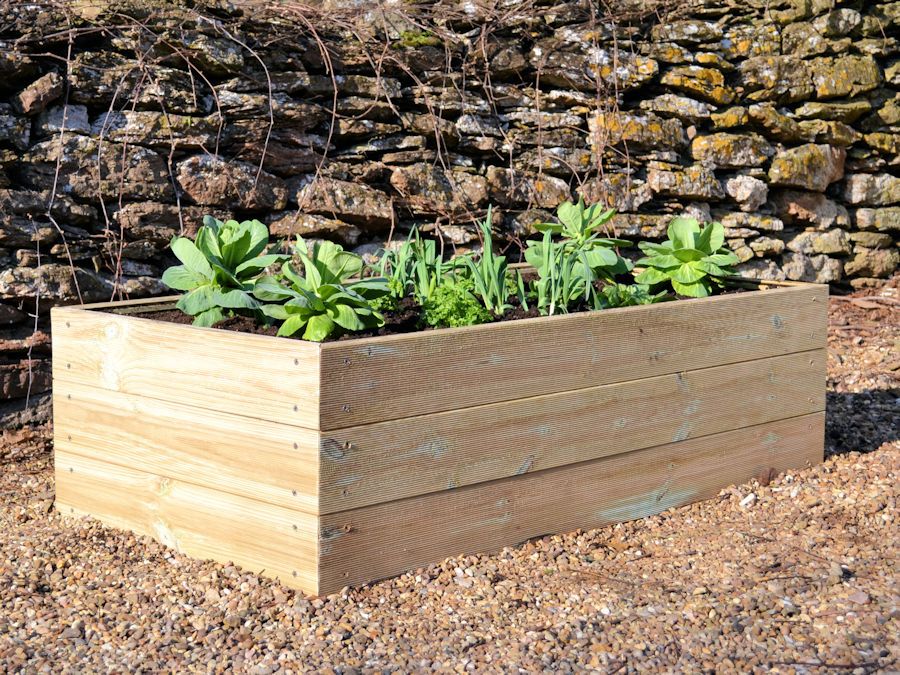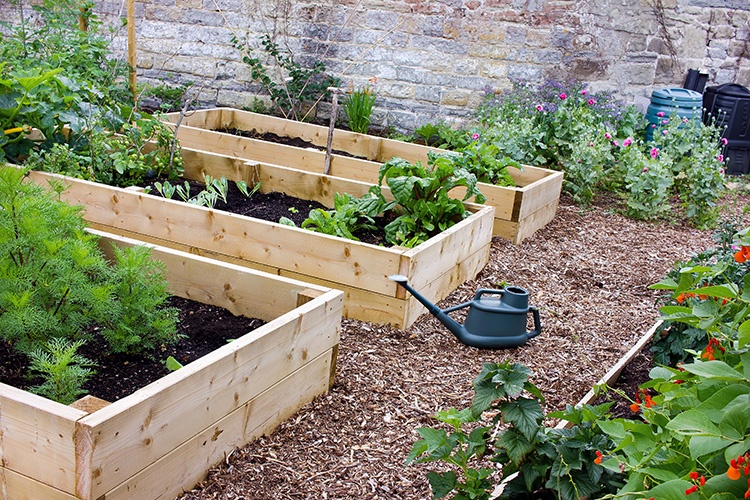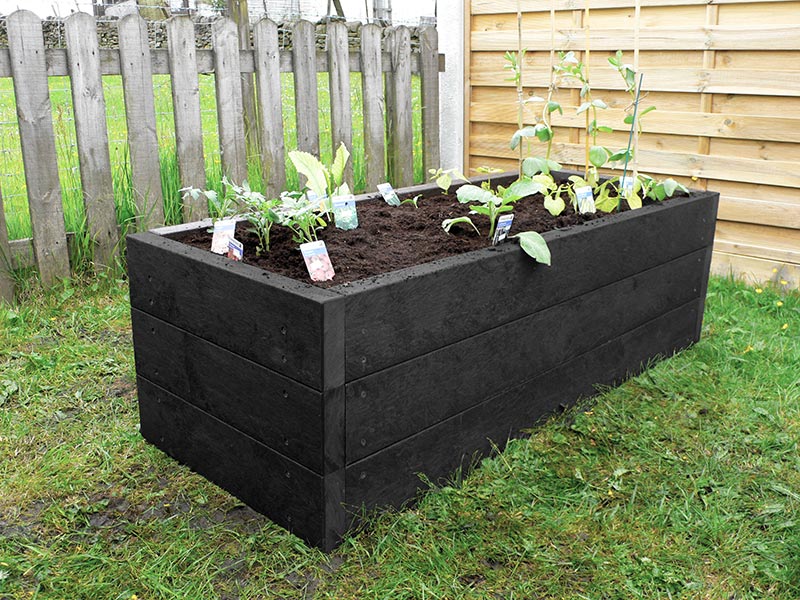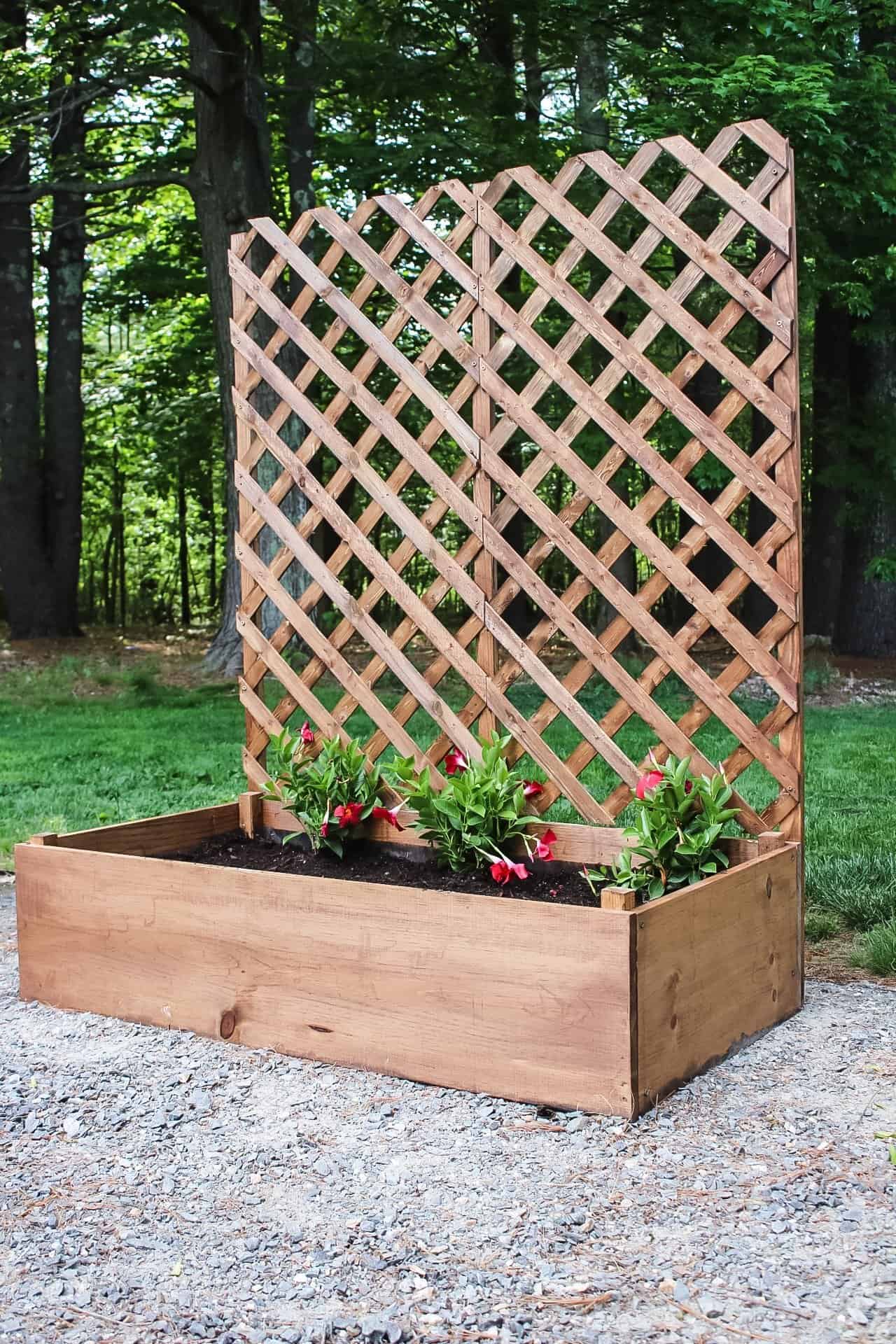Raised Potting Beds: The Ultimate Guide To Growing Your Own Food
Title: Raised Potting Beds: The Ultimate Guide to Growing Your Own Food
Introduction:
Growing your own food is a rewarding experience, but it can be challenging if you don't have the right space. If you have a small yard or limited gardening experience, raised potting beds are a great option.
Raised potting beds are elevated gardens that are typically filled with a high-quality potting mix. They offer a number of benefits over traditional in-ground gardens, including:
- Improved drainage
- Better soil quality
- Fewer weeds
- Easier access
- Earlier start to the growing season
In this blog post, we will discuss the benefits of raised potting beds, how to build your own, and what to grow in them.
Benefits of Raised Potting Beds:
- Improved drainage: Raised potting beds are elevated above the ground, which helps to improve drainage. This is especially important in areas with heavy clay soils.
- Better soil quality: Raised potting beds can be filled with a variety of soil amendments, such as compost, manure, and sand, which can improve the quality of the soil and make it more fertile.
- Fewer weeds: Raised potting beds can be made with raised sides, which helps to prevent weeds from growing.
- Easier access: Raised potting beds are typically at waist height, which makes it easier to garden without having to bend or stoop.
- Earlier start to the growing season: Raised potting beds warm up faster in the spring than the surrounding soil, which allows you to start your plants earlier.
How to Build a Raised Potting Bed:
Building a raised potting bed is a relatively easy project that can be completed in a few hours. Here are the basic steps:
- Choose a location for your raised bed. It should be in a sunny spot with well-drained soil.
- Measure the area where you want to place your raised bed.
- Cut the lumber to the desired dimensions.
- Assemble the frame of the raised bed.
- Fill the raised bed with potting mix.
- Add plants to your raised bed.
What to Grow in Raised Potting Beds:
You can grow a variety of vegetables, fruits, and herbs in raised potting beds. Some popular choices include:
- Vegetables: tomatoes, peppers, cucumbers, beans, carrots, lettuce, spinach
- Fruits: strawberries, raspberries, blueberries, grapes
- Herbs: basil, oregano, thyme, rosemary, chives
Conclusion:
Raised potting beds are a great way to grow your own food, even if you have a small yard or limited gardening experience. They offer a number of benefits over traditional in-ground gardens, and they are relatively easy to build.
If you are thinking about starting a garden, I encourage you to consider raised potting beds. They are a great way to get started in gardening and to enjoy the fresh, healthy produce that you grow yourself.
Are you interested in learning more about raised potting beds? Visit Garden Wiki for more information on how to build and maintain these versatile gardening structures. You'll find tips on choosing the right materials, designing your bed, and planting your favorite flowers, vegetables, and herbs.
FAQ of raised potting beds
- What are the benefits of raised potting beds?
There are many benefits to using raised potting beds, including:
* Improved drainage: Raised beds drain better than traditional gardens, which can help to prevent root rot and other plant diseases.
* Reduced soil compaction: The soil in raised beds is less likely to be compacted by foot traffic, which can improve aeration and water infiltration.
* Easier access: Raised beds are easier to reach, which can be helpful for people with limited mobility.
* Increased productivity: Raised beds can be more productive than traditional gardens, as they warm up earlier in the spring and retain heat better in the fall.
* Better pest and disease control: Raised beds can be easier to control pests and diseases, as they are less likely to be invaded by insects and rodents.
- What are the disadvantages of raised potting beds?
There are a few disadvantages to using raised potting beds, including:
* They can be more expensive to set up than traditional gardens.
* They require more frequent watering, as the soil dries out more quickly.
* They can be more difficult to weed, as the roots of weeds can be difficult to reach.
- What is the best type of soil for raised potting beds?
The best type of soil for raised potting beds is a loamy soil that is rich in organic matter. This type of soil will drain well and provide good aeration for plant roots. You can buy pre-made potting soil or mix your own. If you are mixing your own, you will need to include a variety of ingredients, such as compost, peat moss, and sand.
- How deep should a raised potting bed be?
The depth of a raised potting bed depends on the type of plants you will be growing. For most vegetables, a depth of 12-18 inches is sufficient. However, some plants, such as tomatoes, need deeper beds.
- How wide should a raised potting bed be?
The width of a raised potting bed is a matter of personal preference. However, most experts recommend that beds be no wider than 4 feet. This width makes it easy to reach the center of the bed from both sides.
- How long should a raised potting bed be?
The length of a raised potting bed is also a matter of personal preference. However, most experts recommend that beds be no longer than 10 feet. This length makes it easy to manage the bed and prevents the soil from drying out too quickly.
- How do I build a raised potting bed?
There are many different ways to build a raised potting bed. You can use wood, bricks, concrete, or even old tires. The most important thing is to make sure that the bed is sturdy and well-drained.
- How do I care for a raised potting bed?
The care of a raised potting bed is similar to the care of a traditional garden. You will need to water the bed regularly, fertilize the plants, and control pests and diseases. However, raised beds tend to dry out more quickly than traditional gardens, so you may need to water them more often.
Image of raised potting beds
- Wooden raised bed
 A classic raised bed made from pressure-treated lumber.
A classic raised bed made from pressure-treated lumber. - Stone raised bed
 A more permanent raised bed made from stone or brick.
A more permanent raised bed made from stone or brick. - Pallet raised bed
 A budget-friendly raised bed made from recycled pallets.
A budget-friendly raised bed made from recycled pallets. - Plastic raised bed
 A low-maintenance raised bed made from durable plastic.
A low-maintenance raised bed made from durable plastic. - Metal raised bed
 A sturdy raised bed made from metal.
A sturdy raised bed made from metal. - Log raised bed
 A rustic raised bed made from logs.
A rustic raised bed made from logs. - Cinder block raised bed
 A simple raised bed made from cinder blocks.
A simple raised bed made from cinder blocks. - Woven wire raised bed
A versatile raised bed made from woven wire.
- Raised bed with trellis
 A raised bed with a trellis for growing vining plants.
A raised bed with a trellis for growing vining plants. - Raised bed with benches
 A raised bed with benches for sitting and enjoying your garden.
A raised bed with benches for sitting and enjoying your garden.
Post a Comment for "Raised Potting Beds: The Ultimate Guide To Growing Your Own Food"